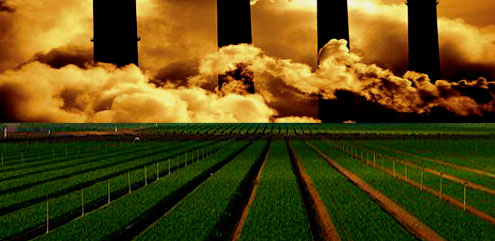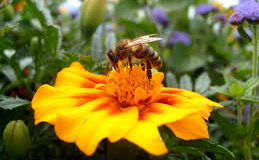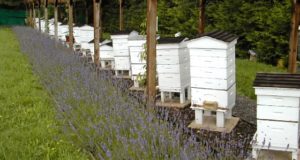Review Overview
Local to Global Issue
Socio-economic instability
High evidence basis
Large-scale, industrial animal agriculture is a very profitable use of an under-developed nations’ lands. Nonetheless, few in the underdeveloped populace tend to share in agricultural commodity markets; historically, there are either subsistence farmers or large-scale corporations who often trade in international markets with little local benefit.

Modern meat-growing methods increase natural resource use as well as cause environmental pollution. The impacts on local community health occurs in costly long-term ways and uses local level water supply while lowering water quality.
Developed country processes which are exported as foreign development tools (despite their lag in humane or high quality animal husbandry) thus institutes profitable but inferior practices to the developing nation.
Due to the poor health infrastructures in under-developed countries, these practices may lead to spread of zoonotic DZ and facilitate novel disease (xenozonosis) in local, subsistence livestock.
Businesses in developing countries typically incur losses due to disease; there are many more indigenous diseases in animals surrounding underdeveloped country livestock operations than in developed countries.
Reluctant to sustain a loss, these countries are hesitant to stamp-out whole flocks/herds of infected animals,
allowing unencumbered disease spread and additionally, virulent mutations. Uncontrolled indigenous implications of a failed or disease ridden farm stands to complicate the re-establishment of Agr business, after local farmers were moved off of arable land for the large business.

Animals raised by factory methods are reduced quality due to:
1) Unregulated use of drugs and vaccines
2) Cumulative effect of contaminants in animals from cheap animal feeds
3) Reduced genetic diversity and cloning issues
4) High stress to livestock animals and to human work-force populations
5) Facilitation of infectious spread, risky conditions
Cheaper, low-quality foods and the attitudes which the large-scale producers impose, boosts Westernized disease globally (heart disease, cancer, diabetes, stroke, etc.)
—– An equal number of people work to control their diets of excess as those who are starving —–
 Vitamin Agent The Health & Naturalistic Source
Vitamin Agent The Health & Naturalistic Source





